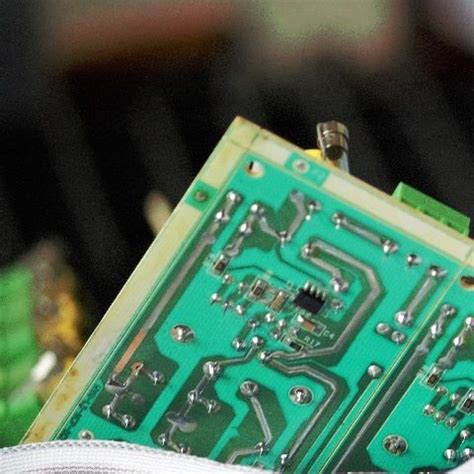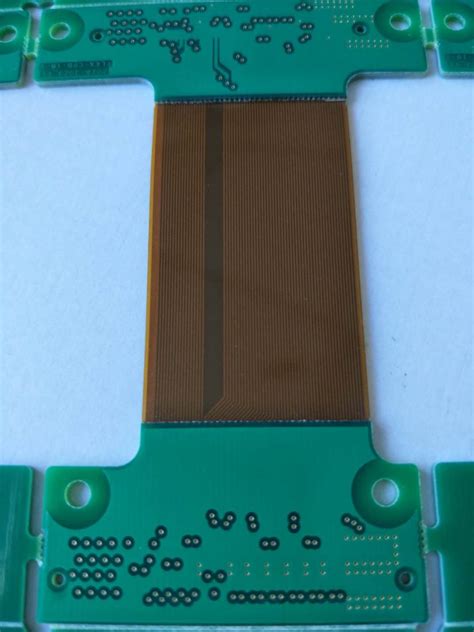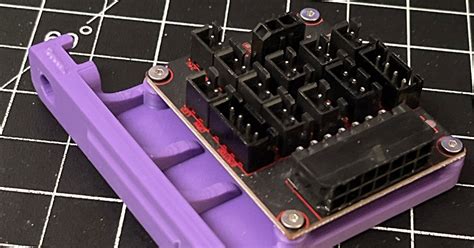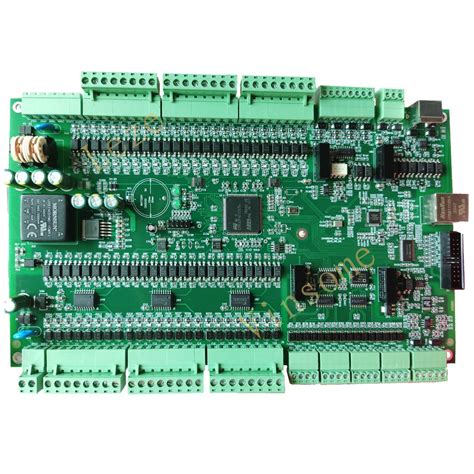Streamlined PCB Fabrication and Assembly Services for Precision Projects

Key Takeaways
When navigating PCB manufacturing for complex projects, understanding core considerations ensures optimal outcomes. Partnering with established PCB manufacturing companies provides access to CAD file integration tools that minimize design-to-production delays. These systems automatically validate layouts against manufacturability thresholds, reducing PCB manufacturing cost by 20-30% through error prevention.
| Consideration | Impact |
|---|---|
| DFM Collaboration | Reduces prototyping iterations by 40% |
| Supply Chain Optimization | Cuts lead times by 15-25 days |
| Component Sourcing Networks | Lowers BOM variances by 12% |
Prioritize partners with transparent PCB manufacturing business models, particularly those offering real-time production tracking. This visibility helps align quality benchmarks like IPC-A-600 and ISO 9001 with your project’s reliability requirements. For instance, advanced inspection protocols prevent field failures in high-density designs.
Always evaluate how PCB manufacturing companies balance scalability with specialized capabilities—critical when scaling from prototypes to volume runs. By focusing on lifecycle management and vendor-certified components, you mitigate risks in aerospace or medical electronics where tolerances are sub-0.1mm.
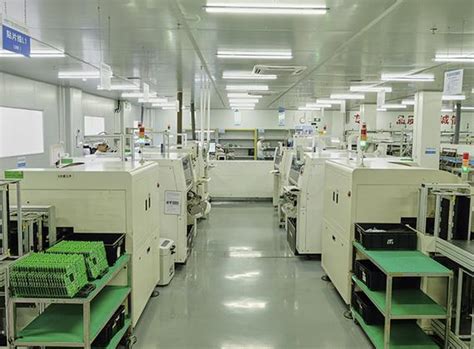
CAD File Integration for PCB Manufacturing
When collaborating with PCB manufacturing companies, seamless CAD file integration forms the backbone of efficient production workflows. Your design files act as the digital blueprint, dictating everything from layer alignment to component placement accuracy. Modern PCB manufacturing processes rely on standardized formats like Gerber or ODB++ to ensure error-free translation of your schematics into physical boards. By prioritizing design-for-manufacturability (DFM) checks at this stage, you mitigate risks of mismatched tolerances or material incompatibilities—factors that directly influence PCB manufacturing cost and timeline predictability.
Leading fabrication partners automate file validation to flag issues like trace spacing violations or drill alignment errors, enabling rapid iterations before prototyping. This proactive approach minimizes costly revisions, especially critical for high-complexity projects. Additionally, integrating supply chain data—such as component availability—into CAD tools helps optimize material selection without compromising performance. For businesses scaling their PCB manufacturing business, adopting cloud-based collaboration platforms ensures real-time synchronization between your engineering team and fabrication experts, streamlining approvals and reducing lead times.
The right file-handling protocols not only accelerate production but also enhance scalability, ensuring your designs transition smoothly from prototype to mass production.
Precision Component Assembly Techniques
When designing complex electronics, precision in component assembly directly impacts performance and reliability. Leading PCB manufacturing companies leverage surface-mount technology (SMT) and automated optical inspection (AOI) systems to ensure micron-level accuracy, even for high-density interconnects. By integrating PCB manufacturing workflows with CAD-driven pick-and-place machinery, they minimize human error while accommodating components as small as 01005 packages.
A critical factor in controlling PCB manufacturing cost lies in optimizing material utilization. Advanced firms employ nesting algorithms to maximize panel efficiency, reducing waste without compromising assembly tolerances. For low-volume prototypes, some PCB manufacturing business providers offer modular setups that balance precision with affordability—ideal for validating designs before full-scale production.
Collaboration during the DFM phase ensures components align with fabrication capabilities. For example, thermal management features are pre-validated to prevent soldering defects during reflow processes. This proactive approach avoids costly reworks, particularly when working with temperature-sensitive ICs or fine-pitch BGAs.
To maintain consistency, top-tier manufacturers combine robotic assembly with statistical process control (SPC), tracking variables like solder paste volume and placement pressure. Pairing this with partnerships with certified component distributors mitigates supply chain risks—a strategic advantage when sourcing specialized parts for aerospace or medical devices.
DFM Collaboration in Prototyping Phases
When developing complex electronics, partnering with PCB manufacturing companies that prioritize design-for-manufacturability (DFM) reviews during prototyping can significantly reduce PCB manufacturing cost and timeline risks. By analyzing your CAD files early, these experts identify potential bottlenecks—like non-standard component footprints or overly tight tolerances—that could derail production scalability. For instance, a thermal management oversight in a high-density design might require costly re-spins if caught late, whereas proactive PCB manufacturing feedback allows adjustments before tooling begins.
Leading PCB manufacturing business teams use iterative collaboration models, where engineers validate material selections, layer stackups, and assembly sequences against your project’s performance requirements. This cross-functional alignment ensures prototypes aren’t just functional but optimized for volume transitions. You’ll gain insights into alternative substrates or component placements that balance reliability with PCB manufacturing feasibility—critical when working with high-frequency or mixed-signal layouts.
The most strategic partners integrate these DFM checks with their supply chain analytics, flagging parts with long lead times or compatibility issues. This dual focus on technical and logistical preparedness transforms prototyping from a design checkpoint into a launchpad for manufacturable innovation.
Optimizing Supply Chain Coordination Strategies
When working with PCB manufacturing companies, effective supply chain coordination becomes critical to balancing PCB manufacturing cost and project timelines. Proactive planning with your fabrication partner ensures seamless integration between design, material procurement, and assembly phases. By consolidating suppliers and leveraging long-term partnerships, you reduce lead times for critical components while maintaining cost predictability—a key advantage in scaling your PCB manufacturing business.
Advanced PCB manufacturing workflows now incorporate digital tools like ERP systems to synchronize inventory levels with production schedules. This minimizes bottlenecks, especially when sourcing specialized substrates or high-frequency materials. For instance, real-time data sharing with distributors allows quick adjustments if a component shortage arises, preventing delays in prototyping or volume runs.
Additionally, risk-mitigation strategies such as dual-sourcing critical parts or maintaining buffer stock for high-demand items further strengthen supply chain resilience. Partnering with PCB manufacturing companies that offer vendor-managed inventory (VMI) programs can optimize cash flow, as you only pay for materials when they’re used in production. These coordinated efforts not only streamline operations but also enhance your ability to meet tight deadlines for complex electronics projects.

Selecting PCB Fabrication Partners Guide
When choosing PCB manufacturing partners, prioritize technical expertise that aligns with your project’s complexity. Start by evaluating whether PCB manufacturing companies specialize in your required layer counts, material types (e.g., FR-4, high-frequency laminates), or surface finishes. A partner with robust DFM collaboration processes can identify potential design flaws early, reducing prototyping iterations and accelerating time-to-market.
Tip: Request a design-for-manufacturability (DFM) checklist from potential vendors to gauge their proactive approach to minimizing errors.
PCB manufacturing cost transparency is critical—look for suppliers that provide detailed breakdowns of material, labor, and tooling fees. However, avoid compromising quality for lower rates; inconsistent trace widths or improper solder mask application from budget-focused PCB manufacturing business operations may lead to field failures. Verify certifications like ISO 9001 or IPC-A-600 to ensure adherence to high-quality PCB production standards.
Finally, assess their supply chain resilience. Partners with direct relationships with component distributors can mitigate shortages and avoid delays. By balancing technical capability, cost efficiency, and logistical reliability, you secure a collaborator capable of scaling with your project’s demands.
Component Sourcing With Major Distributors
When partnering with PCB manufacturing companies, securing reliable component suppliers becomes critical to balancing quality and PCB manufacturing cost. Leading fabrication houses often integrate direct relationships with authorized distributors like Arrow, Avnet, or Digi-Key, ensuring access to certified components that meet stringent industry standards. This approach minimizes procurement delays and mitigates risks of counterfeit parts, which can derail timelines and inflate expenses in your PCB manufacturing business.
By leveraging distributor networks, you gain visibility into real-time inventory data and lifecycle statuses, allowing proactive adjustments for components nearing obsolescence. Advanced PCB manufacturing providers often automate this process through ERP system integrations, synchronizing BOM updates with distributor databases to maintain supply chain continuity. For high-mix projects, this strategy ensures multi-sourcing flexibility, reducing dependency on single suppliers while optimizing cost-efficiency.
Furthermore, established partnerships enable bulk pricing advantages and just-in-time inventory models, directly impacting your project’s bottom line. When evaluating fabrication partners, prioritize those with proven distributor alliances—this not only accelerates prototyping but also scales seamlessly into mass production phases without compromising component integrity.
Ensuring High-Quality PCB Production Standards
To achieve consistent quality in PCB manufacturing, you need partners who prioritize rigorous testing protocols and advanced process controls. Reputable PCB manufacturing companies implement automated optical inspection (AOI) systems to detect microscopic defects in trace alignment and solder mask application, ensuring zero-defect outputs for mission-critical applications. These standards directly influence long-term PCB manufacturing cost efficiency, as early defect detection minimizes material waste and rework expenses.
Adherence to industry certifications like ISO 9001 and IPC Class 3 ensures traceability across fabrication stages, from laminate selection to final electrical testing. When evaluating a PCB manufacturing business, verify their capacity for impedance control (±5% tolerance) and surface finish consistency—key factors in high-frequency or high-density designs. Advanced firms integrate statistical process control (SPC) dashboards, allowing real-time monitoring of etching depths and copper thickness variations.
By aligning with suppliers that enforce these protocols, you mitigate risks of field failures while maintaining alignment with broader project timelines—a critical consideration when coordinating with downstream assembly partners. This systematic approach to quality assurance bridges the gap between prototype validation and volume production, ensuring your designs meet both performance benchmarks and regulatory requirements.
Streamlined Services for Complex Electronics
When tackling intricate electronics projects, partnering with PCB manufacturing companies that offer end-to-end integration ensures seamless translation from design to functional boards. Modern PCB manufacturing workflows now prioritize unified digital ecosystems, where CAD files synchronize directly with automated assembly lines, minimizing manual intervention and reducing PCB manufacturing cost. For high-density designs requiring advanced components like BGAs or microvia structures, these streamlined processes maintain precision while accelerating turnaround times.
Leading firms optimize their PCB manufacturing business models by embedding design-for-manufacturability (DFM) checks at every stage, identifying potential bottlenecks in multilayer stackups or impedance control requirements early. This proactive approach not only prevents costly revisions but also aligns with just-in-time production principles critical for aerospace or medical devices. Additionally, robust supply chain coordination with certified component distributors ensures access to long-lead items without inflating project timelines. By leveraging scalable PCB manufacturing solutions, you gain flexibility to handle low-volume prototyping and high-volume runs under a single quality framework—a strategic advantage in industries where traceability and compliance are non-negotiable.

Conclusion
Selecting the right PCB manufacturing partner ultimately determines the success of your precision electronics projects. Leading PCB manufacturing companies balance technical expertise with cost-efficiency, ensuring your PCB manufacturing cost aligns with project scalability without compromising quality. By prioritizing partners that integrate design-for-manufacturability (DFM) insights early, you avoid costly redesigns and accelerate time-to-market. A robust PCB manufacturing business thrives on transparent communication, leveraging advanced tools for real-time supply chain adjustments and component lifecycle management.
When evaluating potential partners, focus on their ability to harmonize PCB manufacturing workflows with your design intent, particularly through automated CAM validation and multi-stage testing protocols. This alignment ensures prototypes transition smoothly into full-scale production while mitigating risks like material shortages or yield inconsistencies. Remember, the goal isn’t just to reduce PCB manufacturing cost—it’s to build a partnership that evolves with your technical demands, delivering repeatable precision across every production batch.
Frequently Asked Questions
How do CAD file specifications impact PCB manufacturing outcomes?
Accurate PCB manufacturing relies on properly formatted CAD files to define layer stacks, trace widths, and component placements. Errors in these files can lead to costly revisions or production delays, which is why leading PCB manufacturing companies prioritize file validation protocols.
What factors influence PCB manufacturing cost for complex projects?
Costs depend on board complexity, material choices (like high-frequency laminates), and assembly requirements. Partnering with a PCB manufacturing business that offers design-for-manufacturability (DFM) reviews helps identify potential cost drivers early, such as oversized panels or non-standard drill sizes.
How can supply chain risks be minimized during fabrication?
Reputable PCB manufacturing partners maintain relationships with certified component distributors and use real-time inventory tracking. This ensures seamless coordination between prototyping phases and bulk production, reducing delays caused by part shortages.
Why is thermal management critical in multi-layer PCB designs?
Poor heat dissipation can compromise reliability in high-density layouts. Experienced PCB manufacturing companies employ advanced simulation tools to optimize thermal vias and copper distribution, ensuring compliance with industry performance standards.
Ready to Optimize Your Next Project?
For tailored solutions that align with your PCB manufacturing cost and timeline goals, please click here to consult our engineering team. We specialize in streamlining fabrication workflows for mission-critical electronics.


